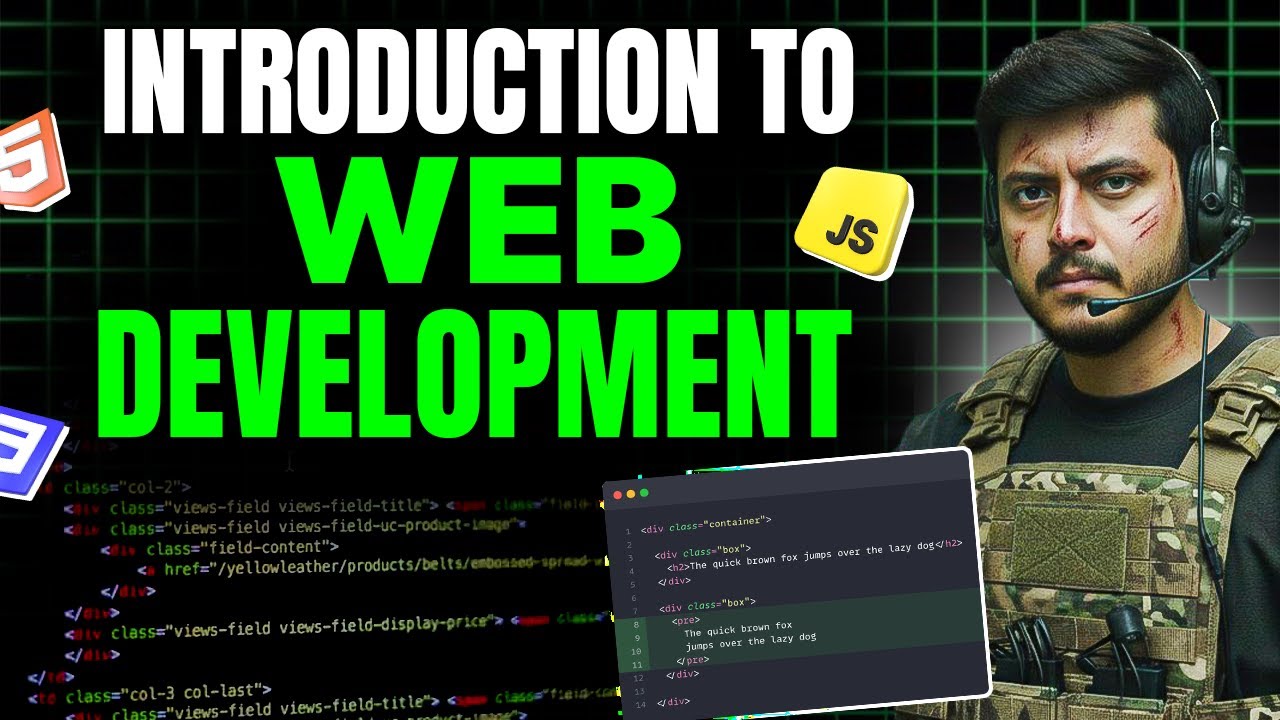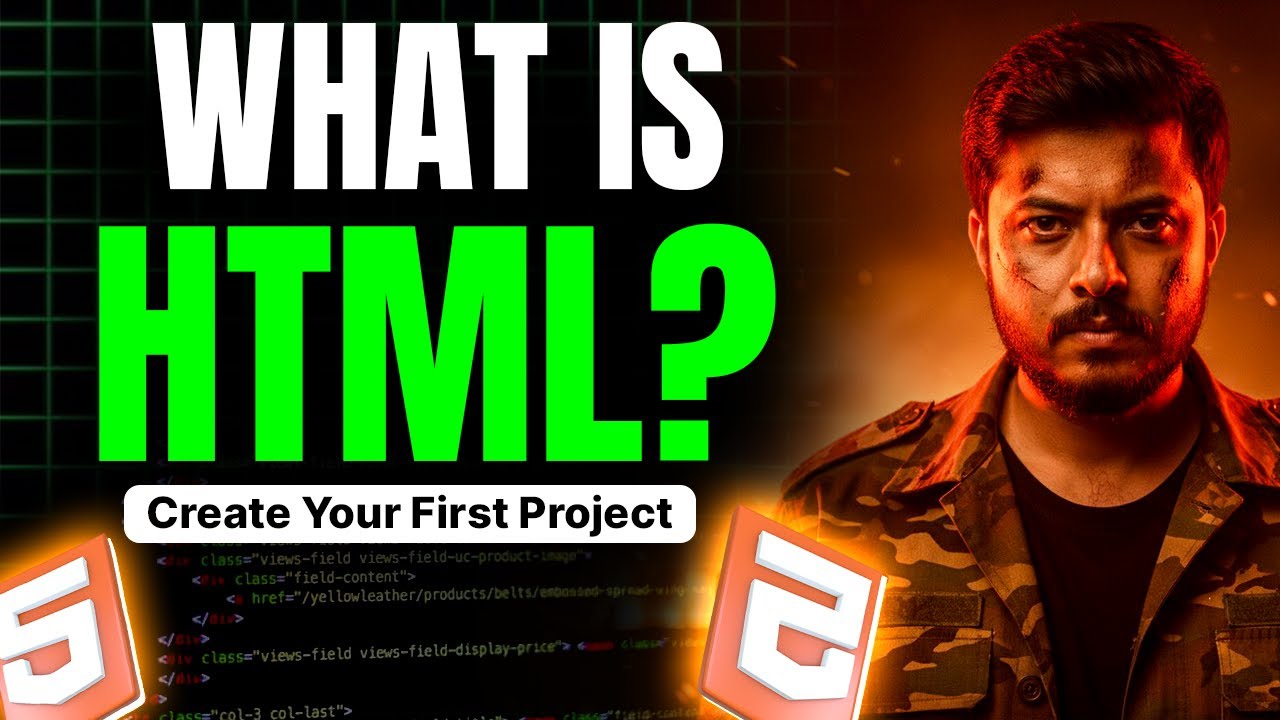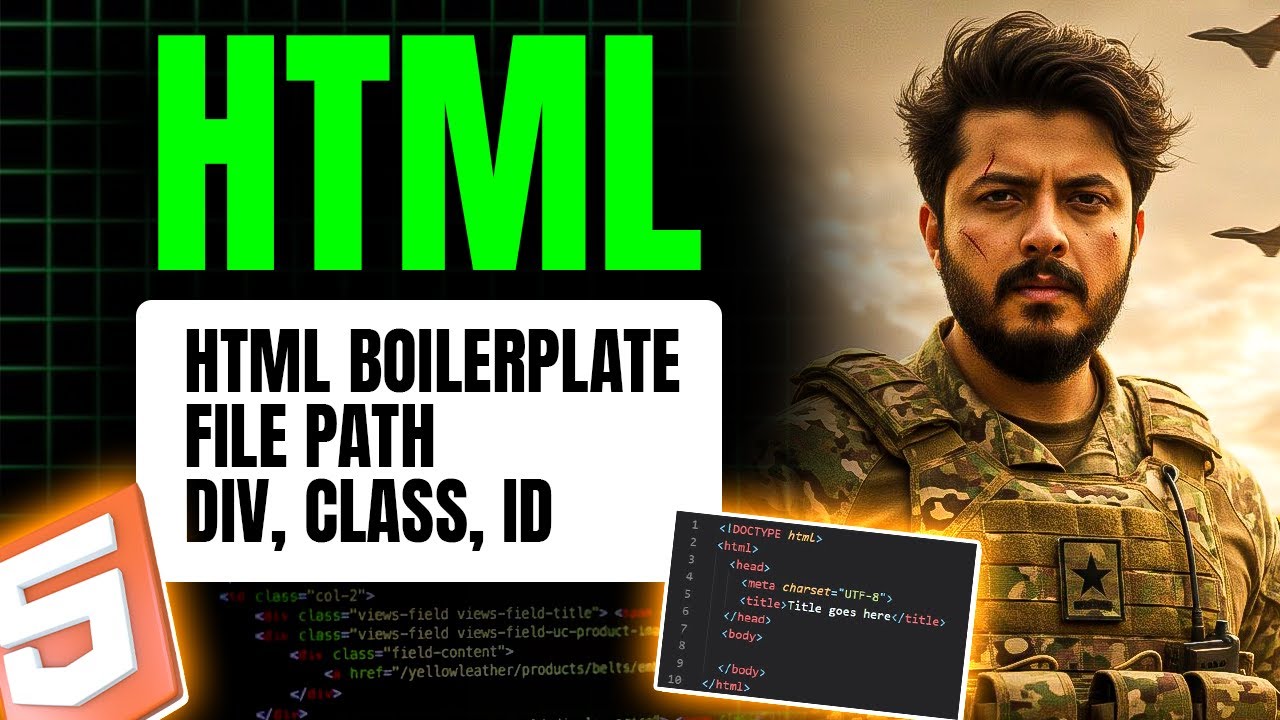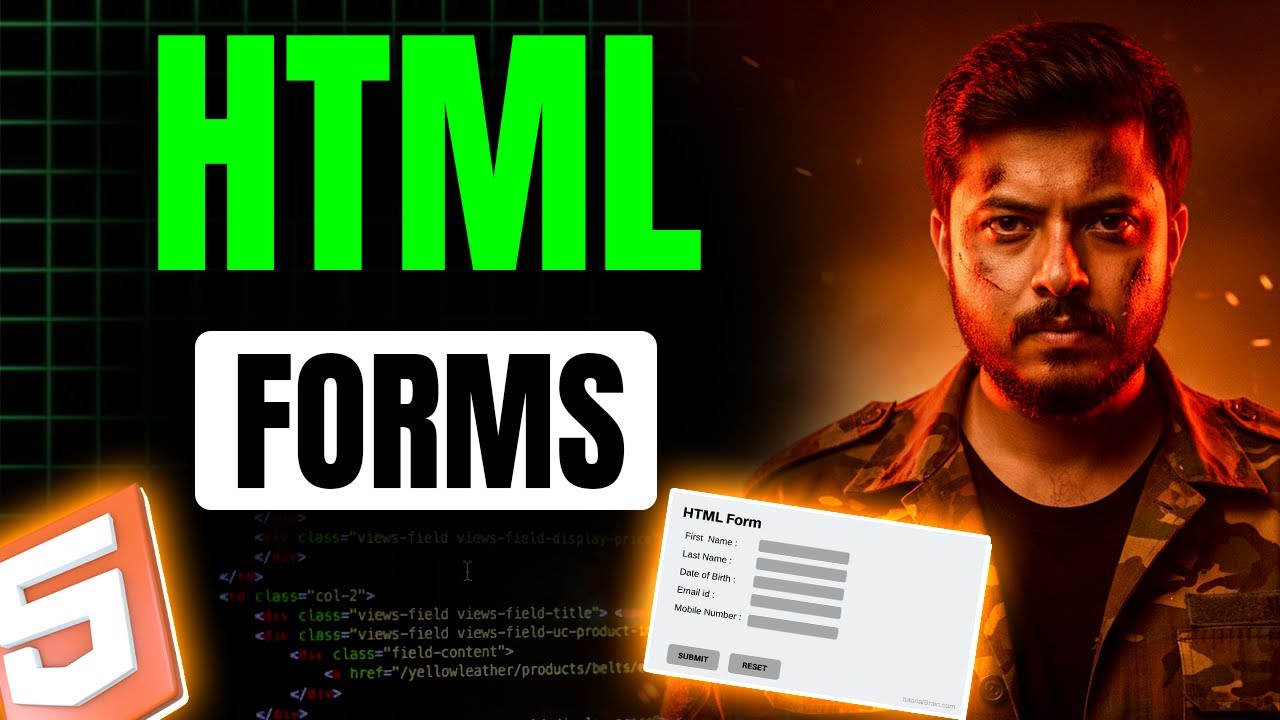






 |
 |
 |
 |
 |
 |
 ⇓ |
|---|
A modern webpage needs more than just text and images. We often need to include audio and video directly on the page. HTML5 provides native tags for this, so we don't have to rely on external plugins.
Problem: How do we embed a playable audio file with controls?
Solution: Use the <audio> tag with the controls attribute. The
best practice is to nest <source> tags inside to provide multiple file formats as fallbacks
for different browsers.
Code:
<audio controls>
<source src="song.mp3" type="audio/mpeg">
<source src="song.ogg" type="audio/ogg">
Your browser does not support the audio element.
</audio>Example (placeholder file, controls are visible):
Problem: How do we embed a video file with controls and a set size?
Solution: Use the <video> tag. It works just like the audio tag and also
supports the height, width, and poster (for a thumbnail) attributes.
Code:
<video controls width="300" poster="thumbnail.jpg">
<source src="movie.mp4" type="video/mp4">
<source src="movie.webm" type="video/webm">
Your browser does not support the video tag.
</video>Example (placeholder file, controls are visible):
Problem: How do we embed content from another website, like a YouTube video?
Solution: Use the <iframe> tag. For YouTube, you must use the special
/embed/ URL format.
Code:
<iframe
width="560"
height="315"
src="https://www.youtube.com/embed/VbABSAm1a4A"
title="YouTube video player"
allowfullscreen>
</iframe>
Problem: Most websites have multiple pages (Home, About, Contact). How do we create these pages
and link them together?
Solution: Create separate HTML files for each page and use the anchor <a>
tag to create navigation links between them. A consistent navigation bar is often placed in the
<header> of each page.
Code for a Navigation Menu:
<header>
<nav>
<a href="./index.html">Home</a>
<a href="./about.html">About Us</a>
<a href="./contact.html">Contact</a>
</nav>
</header>Example (these links assume other files exist):
Problem: How do you display characters that have a special meaning in HTML, like
<, or symbols not on the keyboard, like ©?
Solution: Use HTML Entities, which are special codes that the browser displays as symbols.
Code and Examples:
| To Display | Write This Code | Result |
|---|---|---|
| Less-than sign | < |
< |
| Greater-than sign | > |
> |
| Copyright symbol | © |
© |
| An extra space | |
One Space |
Problem: Your website works on your computer, but how do you make it live on the internet for
anyone to see?
Solution: Deployment. You upload your project folder to a hosting service like Netlify.
index.html) into the drag-and-drop area.
Sources: Internet. All copyrights © reserved #DarkProgrammer, Let's connect.